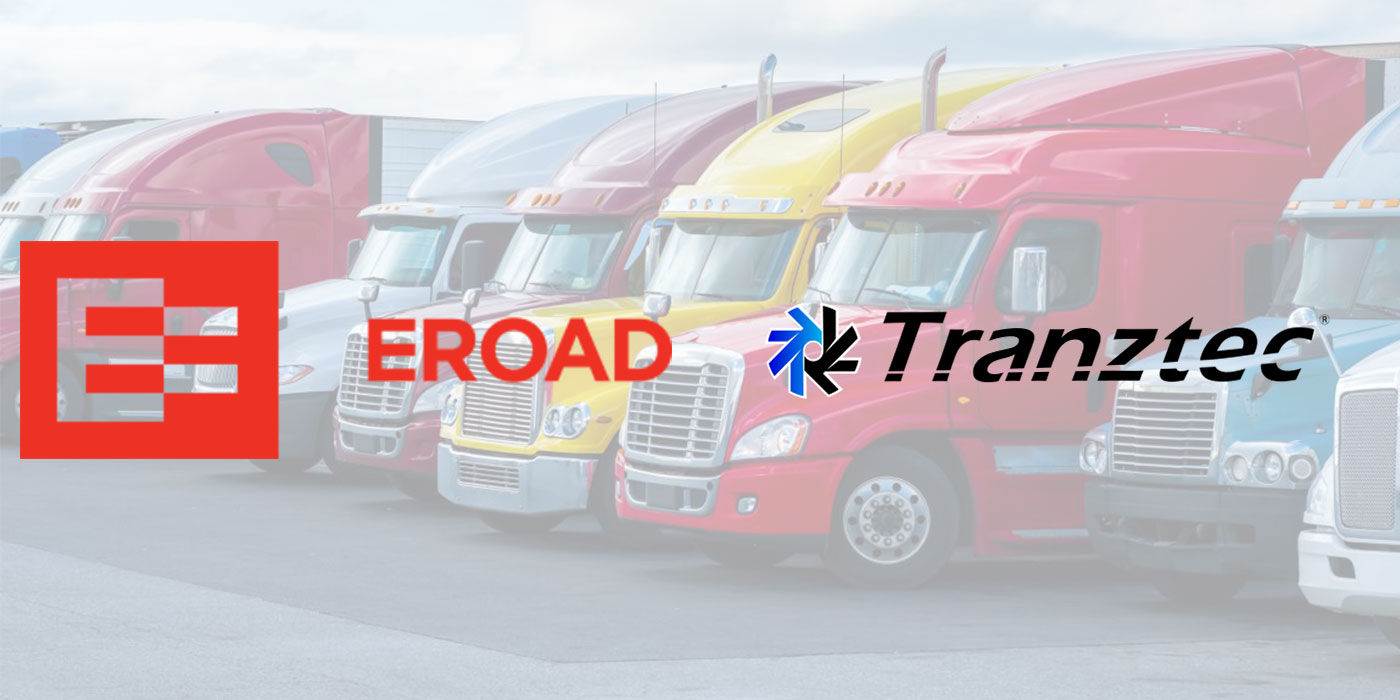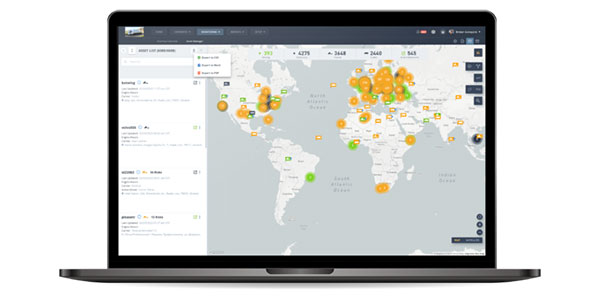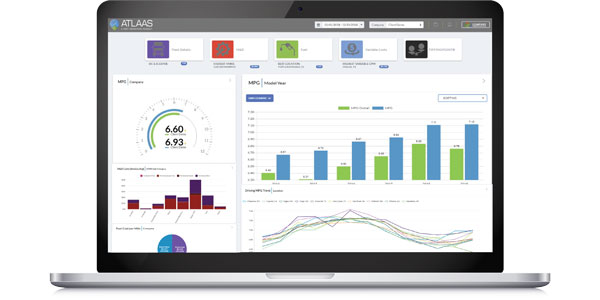While on the road it’s about fueling trucks, but motor carrier operations also are fueled by data. Today, there is increasing demand to move data in specific formats for internal use, as well as to and from customers and suppliers. “We build our software around the concept of data normalization,” said Terry Wood, vice president of business development and technology at Intelek Technologies, a provider of EDI and load gathering solutions. “That means we look to provide standard data so our customers can capitalize on their existing infrastructure.
“For a typical trucking company,” Wood continued, “data input/output methods are many and varied. That process is critical for things like tendering and accepting loads, updating load status and invoicing, just to name a few. Basically, all aspects of a trucking operation rely on the efficient transfer of data, both internally and externally.”
Today’s transportation management solutions facilitate the exchange of data through the use of common application programming interfaces, noted Keith Mader, vice president of development at TMW Systems. “We translate incoming information to a common format that is easily understood and have a number of tools available to automatically process that information into and out of our system, for example with mapping software and mobile communications providers and to provide supporting data for billing, settlement and fuel purchasing functions. We are also increasingly seeing more data integration with third party providers.”
Mark Cubine, vice president of marketing at McLeod Software, pointed out that the exchange of information, most connected in real time to back end systems, is most common using various modes of EDI through Value Added Networks (VANs) and direct file transfer. Another common process is Application Program Interfaces (APIs) that allow one software application to talk to another.
“Regardless of the data communication system, carriers should have a formal retention policy that stipulates how long they intend to maintain detailed records,” Cubine stated. “Then they can use the capabilities built into their system to keep information online or use an archiving facility to support the policy. If they have a data retention policy that calls for deleting old records, they also need to take steps to ensure that happens.”
That may be an especially important determination, along with data security, when it comes to safety information. “We invest a lot in technology platforms, and it falls on us to make sure we have the right back-up systems in place,” said Steve Bryan, founder & CEO of Vigillo, provider of data mining software for organizing fleet safety information. “Our data on carrier safety is especially sensitive to regulatory and legal issues, so policies on data retention—how long and what type of data to keep—are very important. For security, we actually have a company that we pay to attack our system regularly so we can identify any weak points.”
“In the service management arena, cloud-based solutions provide a wealth of benefits to fleets, service locations and manufacturers that need ready access to relevant information,” said Dick Hyatt, president of Decisiv, the provider of a service event communications and management information platform. “A cloud or web-based platform serves as a valuable bridge, enabling parties to provide and access the right information when and where it is needed. These platforms deliver a more effective approach to interconnecting parties and sharing data by integrating each party’s individual systems into a mutually beneficial ecosystem.”
The more interconnected all of trucking’s information management systems become, the more important it is to consider the means of storing and sharing data. On the road and at home, the way in which data that fuels operations is managed greatly contributes to the efficiency, productivity, cost effectiveness and profitability of a trucking company.













